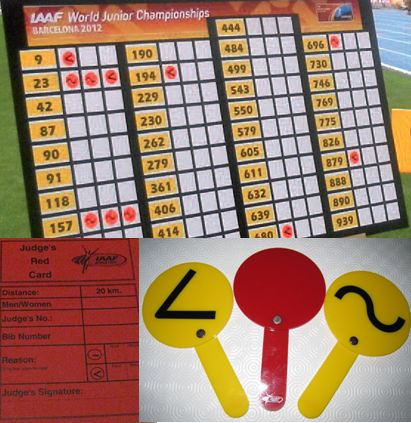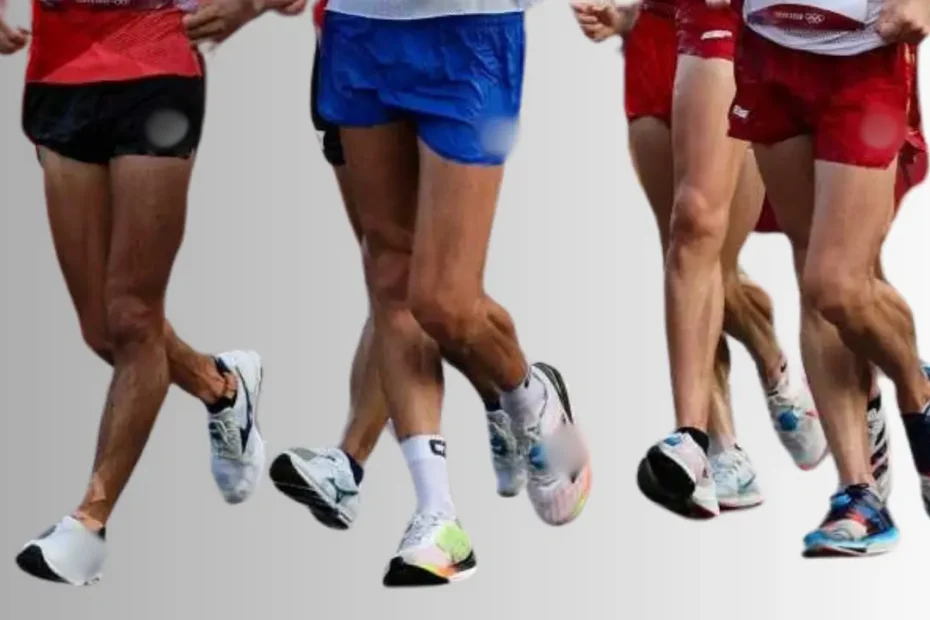What is Athletic Walking?
Have you ever wondered what is Athletic Walking? The athletic march is a street race in athletics where a progression of steps is executed in such a way that one of the athlete’s feet will always be in contact with the ground.
Athletic Marching Rules
Basically, according to the judgment of the human eye, marchers have to maintain permanent contact with the ground (the infraction of which is called “suspension” or “loss of contact”) and the marcher’s leg, in each step he takes, has to be extended, i.e. not flexed at the knee, from the moment the foot touches the ground until the moment the leg passes the vertical of the trunk (the infraction of which is called “flexion” or “blocking”).
Electronic Resource in Athletic Walking
Judging is performed by human vision only. Video footage, whether slow-motion or not, is not used in judging.
The Path of Athletic Marching
The course (circuit) of the Athletic March should be from 1 km to 2.5 km long.
The Judges of the Athletic March
There are eight gait judges positioned along the course. The Chief Gait Judge supervises all other judges and uses a red plate (or red racket), with which he only notifies athletes of disqualifications, and does not award them disqualification marks.
Athletic Marching Penalties

Yellow Plates in Athletic Marching
They are shown to athletes when the marching judge is not completely satisfied that they are marching according to the rules, that is, when they are on the edge of regularity. Basically, the marching judge is saying to the athlete “I am watching you closely and you need to improve”. This action does not influence the disqualification of the athletes.
Each marching judge can only show the athlete one yellow racket for each infraction (flexion or suspension). Each yellow board has, on both sides, the symbol of an infraction: < for the flexion or ~ for the suspension
Red Card in Athletic Marching
They are assigned by the marching judge when he believes that the athlete is breaking any of the rules. Each marching judge can assign only one red card to each athlete, either for bending or for suspension. Red cards are never shown directly to the athletes, so they have no knowledge of which judges issued them.
Three red cards = Disqualification
penalty table in athletic marching
It is a board on which the red cards, with the symbols of the respective infractions, are displayed so that the athletes become aware of them. Thus, when a red card is given to an athlete, on the board is displayed, next to that athlete’s number, the symbol of the infraction committed:
< bending
~ suspension
Red plate
It is shown to the athlete only when he is disqualified and is used only by the Chief March Judge and his Assistants.
In the last 100 meters of the race, the Chief Judge has the power to disqualify any athlete for whom he/she feels that he/she is obviously breaking any of the rules, regardless of the number of red cards he/she has been awarded. This power is intended to prevent any athlete from ostensibly breaking the rules in the latter part of the event if no red card has been awarded.
Athletic Marching in the Olympic Games
Three walking events are held at the Olympic Games:
-
12 miles men
-
12 miles women
-
31 miles men
More About Athletics:
